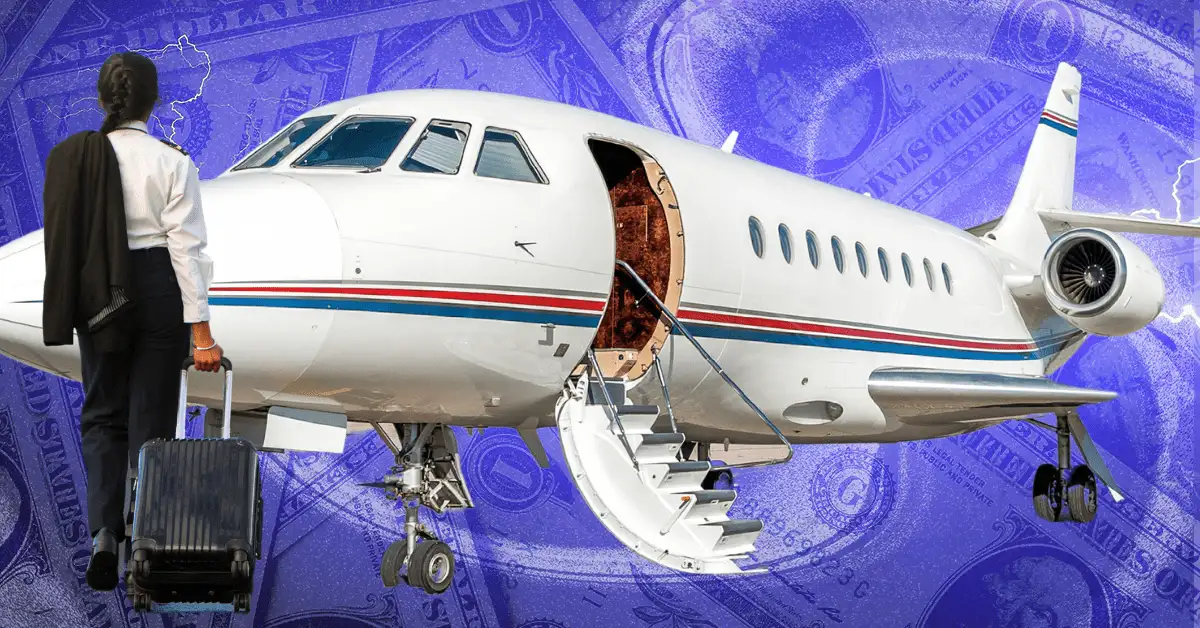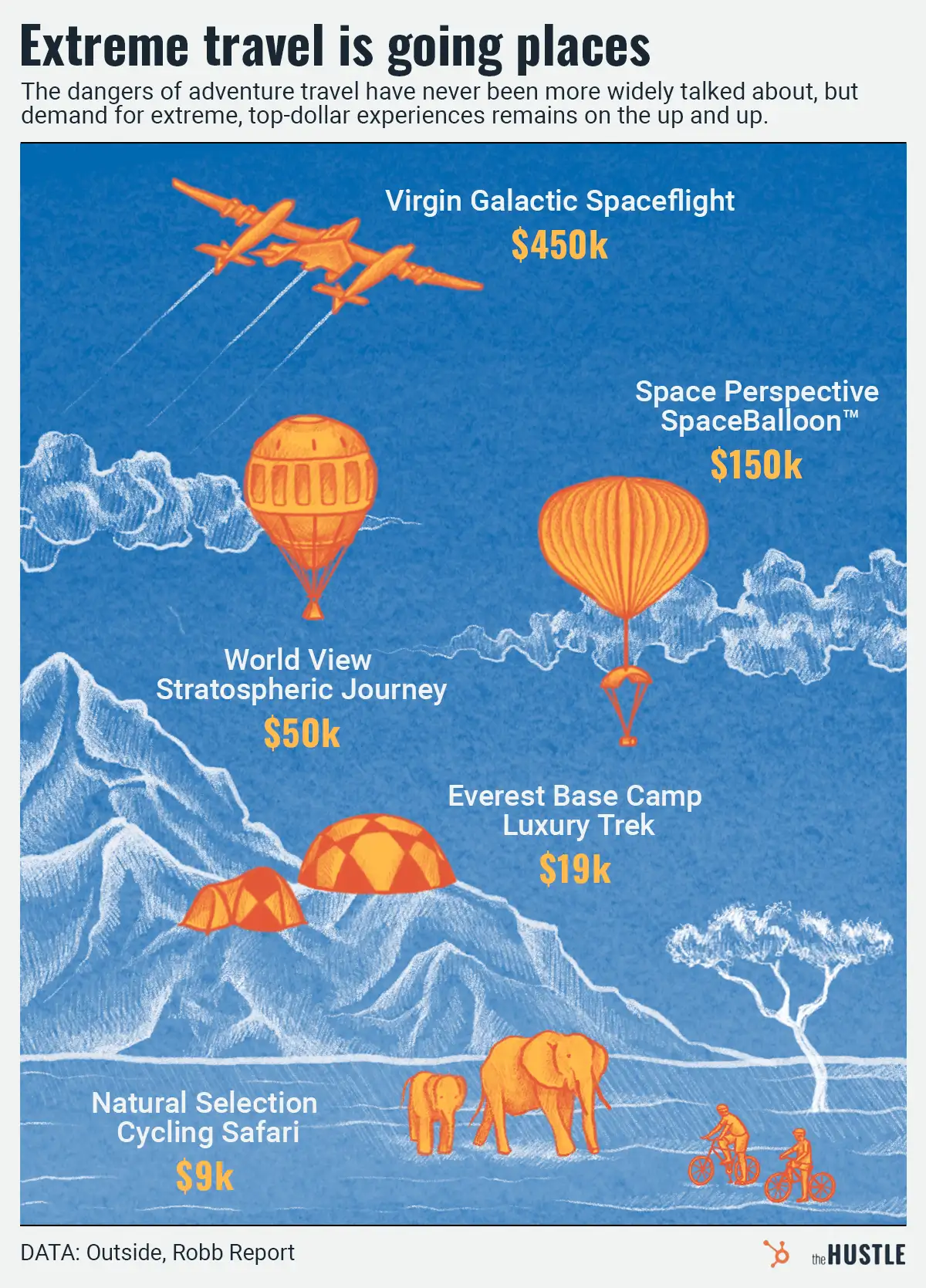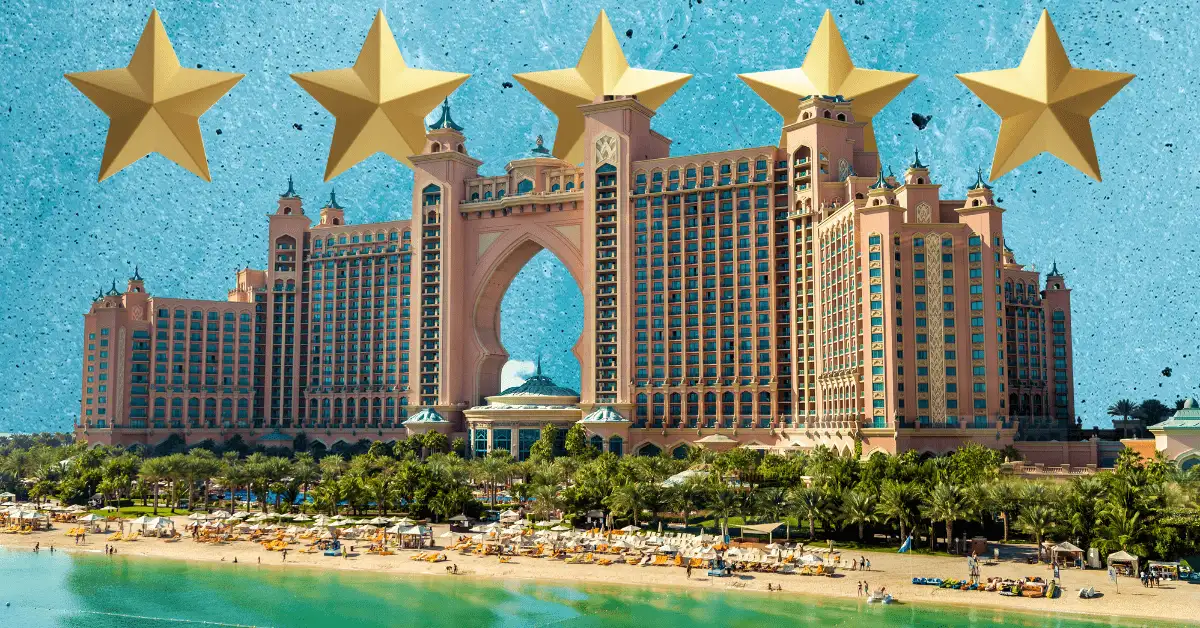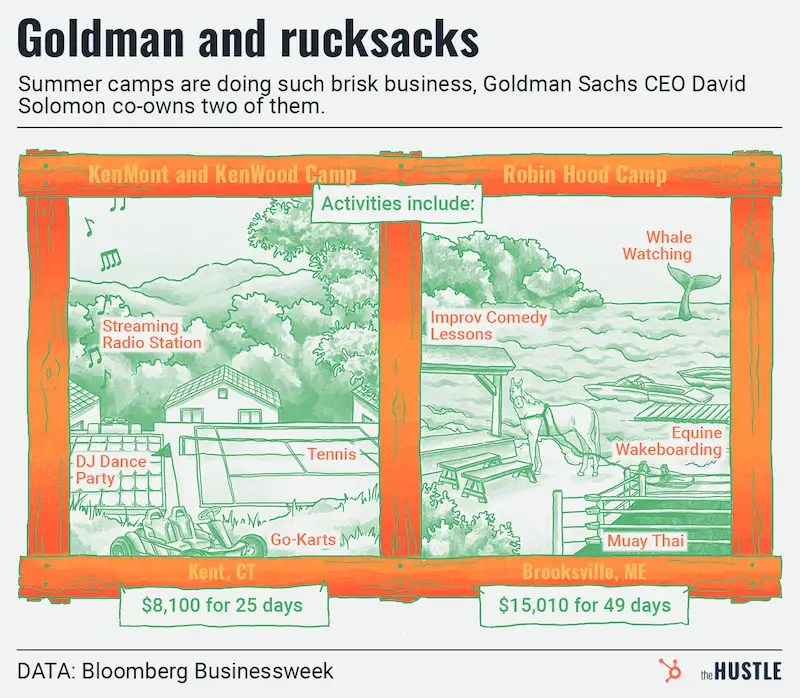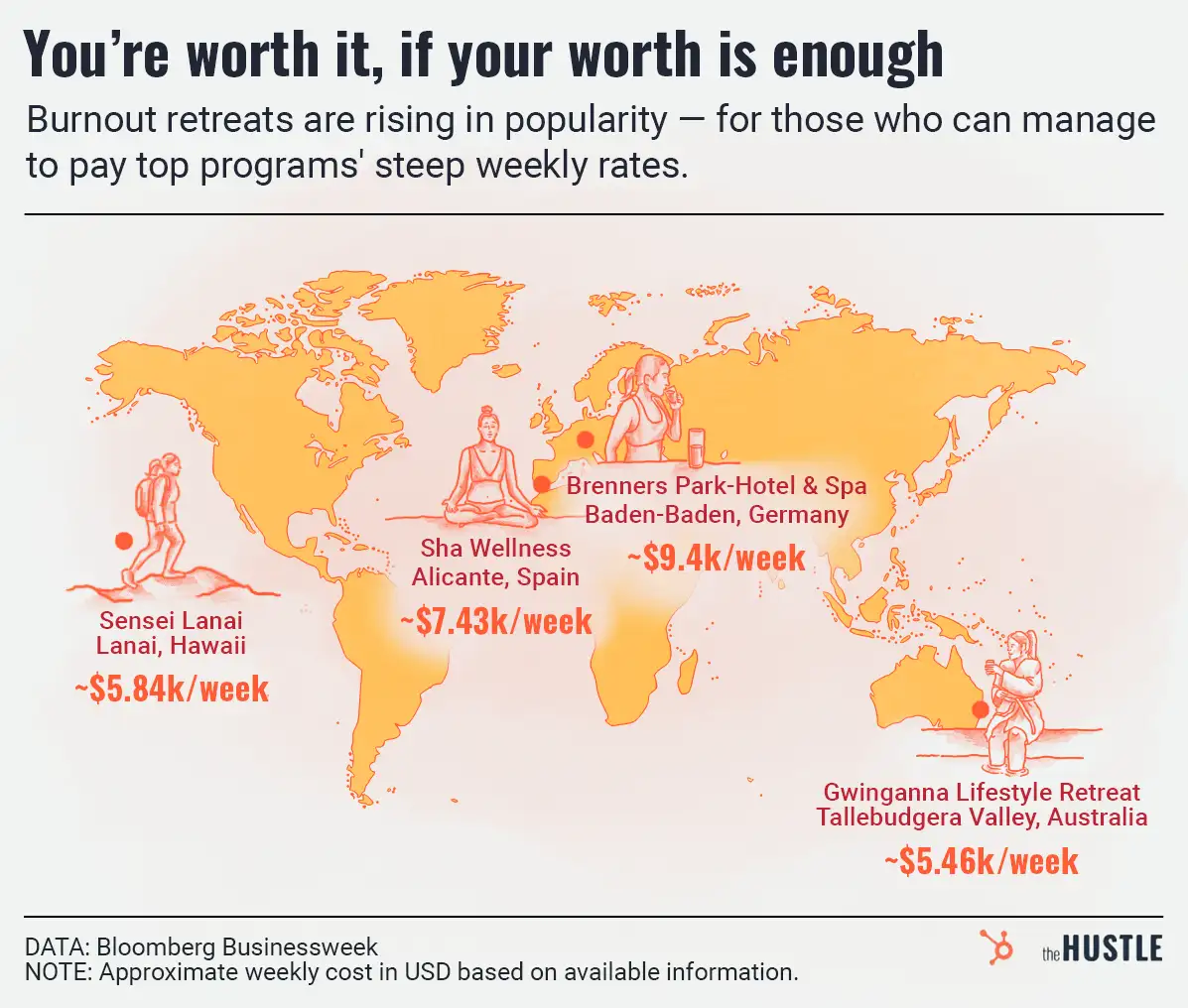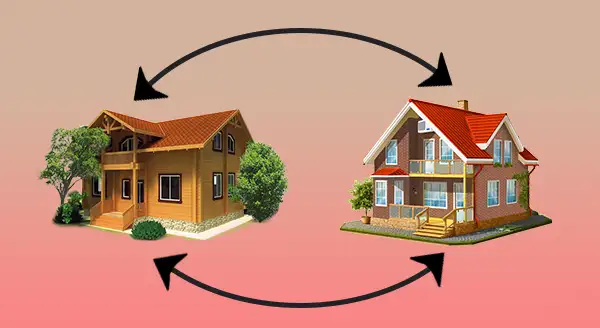How popular are Hawaiian vacations? It wasn’t long ago that Maui’s cheapest rental car was a $722-per-day Toyota Camry.
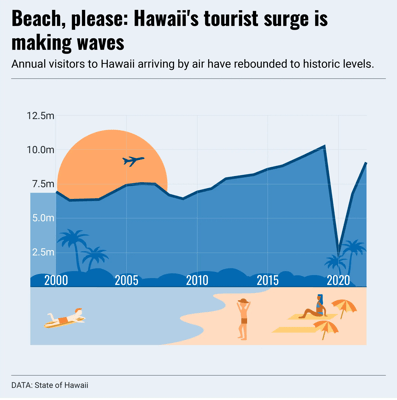
On one hand, the surge in travel following the state’s pandemic-driven ~24% unemployment rate has been a welcome development.
On another, it’s a sobering reminder of Hawaii’s complex overtourism issues.
Say HI to high costs
Hawaii has been so good at marketing itself that it’s come back to bite ’em in the form of… too many tourists.
In 2019, Hawaii’s 1.5m residents hosted a record 10.4m visitors, bagging $2B+ in tourism tax revenue — along with the steeper piles of garbage, traffic, and local housing costs that come with it.
A 2022 survey found 67% of residents agreed Hawaii was “run for tourists at the expense of local people” and 66% preferred their tax dollars be spent managing tourists’ impacts rather than encouraging further tourism.
Lei-ing down the law
In early 2020, Hawaii reformed its tourism office with a plan the authority’s president said would “balance between tourism’s economic benefits and its impacts on local communities.”
Interestingly, as tourism rebounds near pre-pandemic highs, the state does appear to be making more with less: In March, Hawaii saw 97% of 2019’s visitor numbers, but a 23.4% increase in tourist spending.
Progress hasn’t been quick enough for some legislators — Hawaii’s tourism office now faces funding cuts and even flat-out replacement by an agency with no marketing focus, per Bloomberg.
While that gets sorted out, tourists will keep making their presence known, driving straight into harbors and whatnot.


